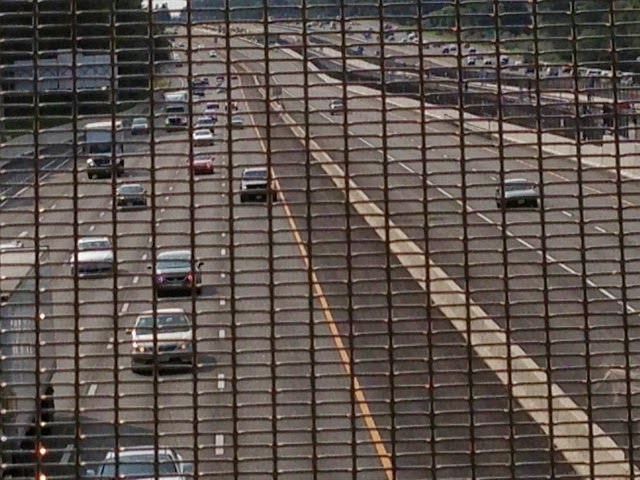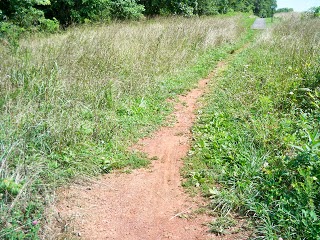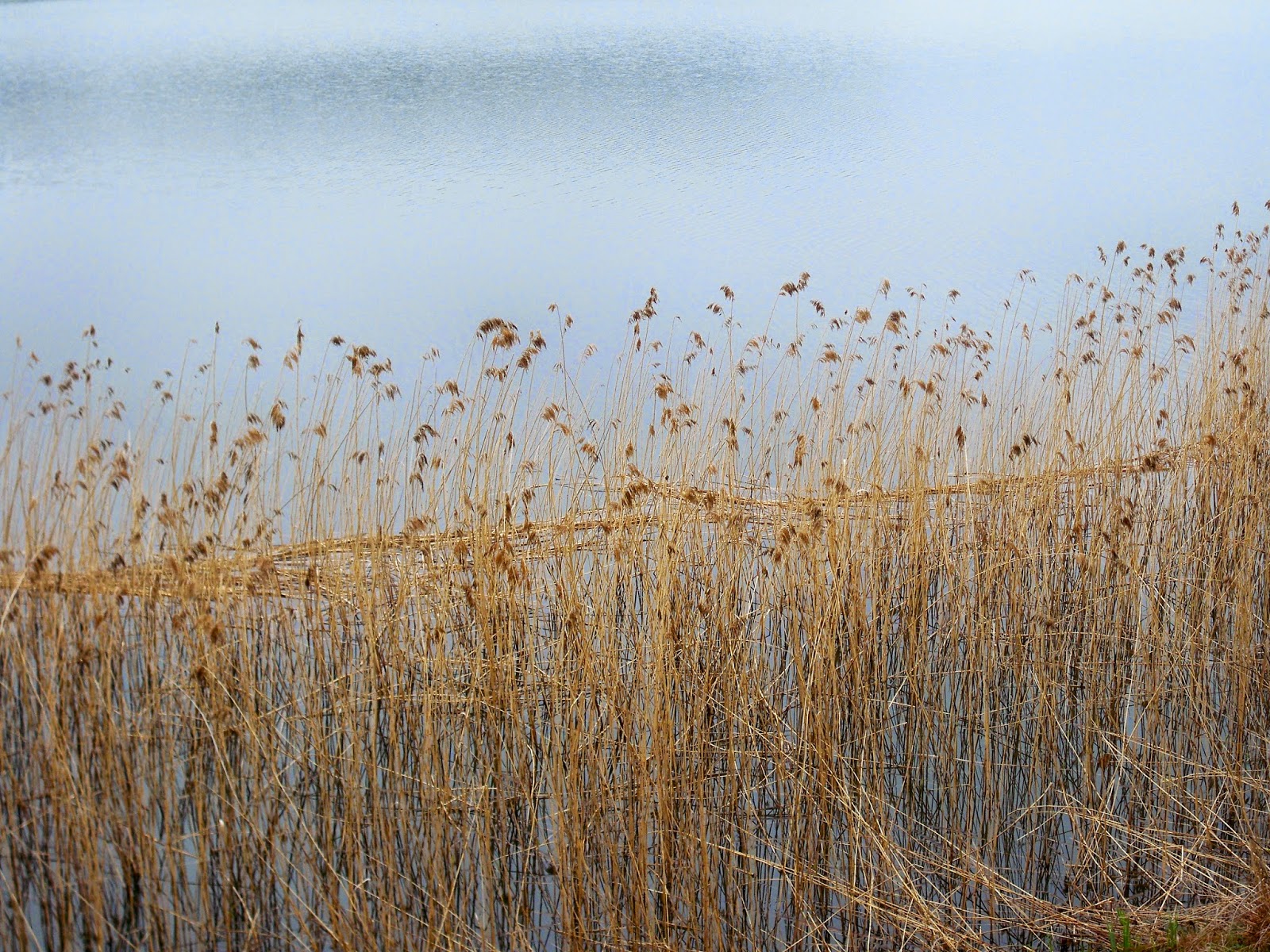A Commuter in the Suburbs
I dreamed all day of walking home from the new Silver Line station. I plotted the way before my feet found it. And when I began, it was just as I imagined — segments of trail, mostly paved, with clear markers of distance gained.
Strolling south across the highway, I meandered through the leafy association campuses and a golf course, its wide greens calling. A short tunnel took me to parkland paths with benches and a bridge, then up a steep dirt path to a shopping center.
I passed golfers putting, teenagers dawdling, dog-walkers walking, crepe myrtles blooming. Ambling south out of the center, I strolled past a community garden and pool to the lot where I parked my car in the morning.
One day I’ll add those two extra miles and walk all the way to the house. But for now, this is bliss: to make my way home (mostly) on foot.



